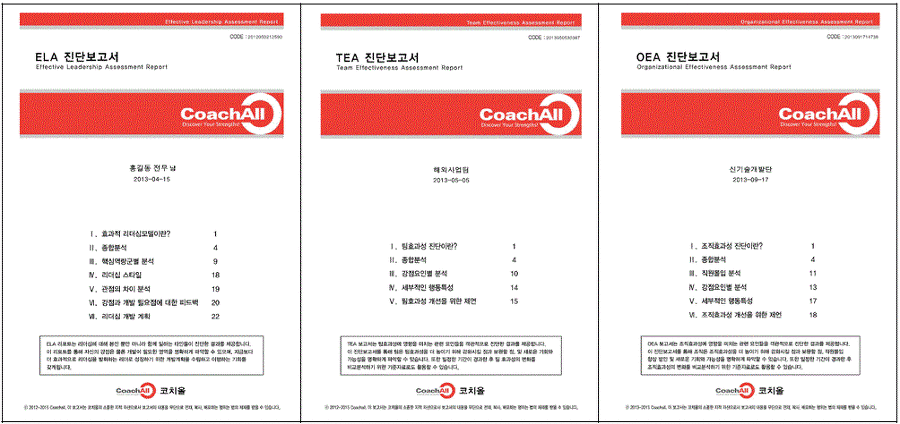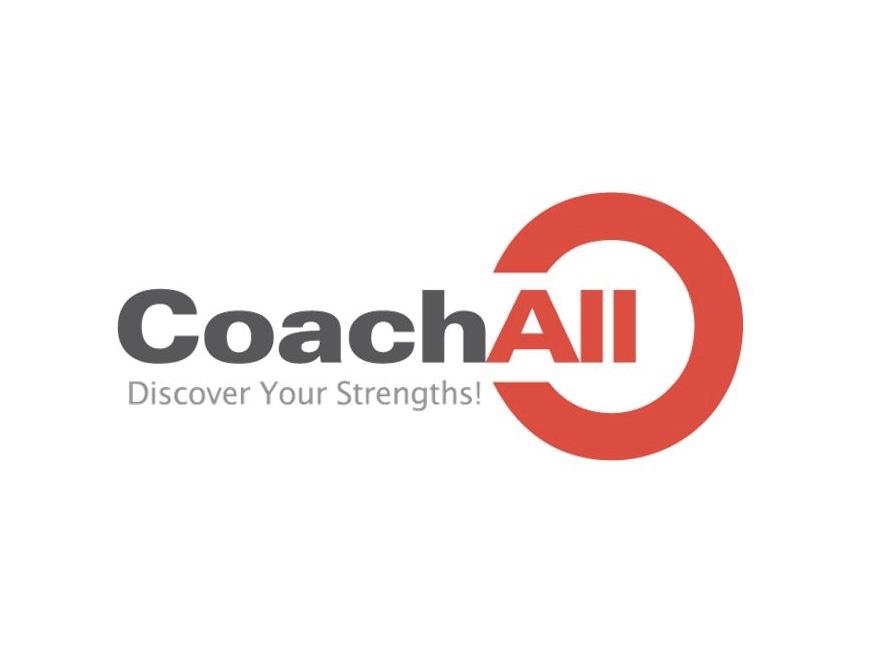| 일 | 월 | 화 | 수 | 목 | 금 | 토 |
|---|---|---|---|---|---|---|
| 1 | 2 | 3 | 4 | 5 | 6 | |
| 7 | 8 | 9 | 10 | 11 | 12 | 13 |
| 14 | 15 | 16 | 17 | 18 | 19 | 20 |
| 21 | 22 | 23 | 24 | 25 | 26 | 27 |
| 28 | 29 | 30 | 31 |
- 결정적 행동
- 생각 파트너 이석재
- 3S-FORM Coaching Model
- 현장중심 코칭심리학
- 현징증심 코칭심리학
- 효과성 코칭 방법론
- Coach Sukjae Lee
- 떠도는 마음 사용법
- Effectiveness Coaching
- 씽킹 파트너
- 효과성코칭워크숍
- 코칭심리학 공부방
- 증거기반코칭
- 코치올
- thinking partner
- 실행력을 높이는 코칭심리학 수업
- 코칭방법론
- 코칭심리학
- 효과성 코칭 모델
- 경영심리학자의 효과성 코칭
- 코칭 프레임워크
- 관점 코칭
- Effectiveness Coaching Methodology
- 효과적 리더십진단(ELA)
- 원하는 결과
- 효과성 코칭 워크숍
- 이종서 코치
- Effectiveness Coaching Model
- 효과성 코칭
- 관점 전환
- Today
- Total
코치올
Define Effectiveness Coaching Methodology 본문
Sukjae Lee Ph.D.
Creator of the Effectiveness Coaching Methodology
2025. 11. 23
It is important to distinguish between the general concept of "coaching effectiveness" (how well a coach performs) and the specific, trademarked Effectiveness Coaching Methodology. The following is a detailed overview of the specific Effectiveness Coaching Methodology developed by Dr. Sukjae Lee (often cited as Seokjae Lee), a prominent business psychologist. This methodology is distinct because it is a structured, evidence-based system designed to maximize the probability of achieving desired results.
1. Core Philosophy: What is "Effectiveness"?
In this methodology, "Effectiveness" is strictly defined as the degree to which desired results are achieved.
Unlike general coaching, which might focus broadly on "growth" or "potential," Effectiveness Coaching is relentlessly outcome-oriented. It operates on the core assumption that "People inherently seek effectiveness to increase the possibility of achieving their desired results in life."
- Goal: To identify and promote the specific factors that influence result achievement.
- Approach: It integrates individual, team, and organizational effectiveness into a single system.
2. The Behavioral Change Tool: ABC Framework
To modify specific behaviors, Effectiveness Coaching utilizes the ABC Framework, drawn from behavioral science. It helps clients understand the "why" behind their actions.
- A - Antecedent (Trigger): What happens before the behavior? (e.g., stress, a specific person, a time of day).
- B - Behavior: The specific action the client takes.
- C - Consequence: The result of that behavior (positive or negative).
How it works: The coach helps the client analyze a recurring issue by mapping it to ABC. To change the C (Result), the client must usually alter the A (Trigger) or the B (Response), rather than just hoping for a different outcome.
3. Effectiveness Coaching Model
The ABC Framework (Antecedent - Behavior - Consequence) is one of the most immediately useful tools from this methodology for personal effectiveness. This is the foundation of Effectiveness Coaching Model which helps you (or the coach) conduct an ABC analysis for a specific challenge or habit you are currently trying to change.

4. The Central Framework: 3S-FORM
The heartbeat of this methodology is the 3S-FORM System. It uniquely separates the role of the Coachee (Internal Engine) from the role of the Coach (External Structure).
The Coachee’s Role: The "3S" Internal Engine
For sustainable change to happen, the coachee must actively engage three internal cognitive activities:
- Self-Awareness: Objectively viewing one's current state, emotions, and behavioral patterns.
- Self-Talk: Engaging in internal dialogue to motivate oneself and transform negative thoughts into positive drivers.
- Self-Reflection: deeply analyzing actions and outcomes to learn and adjust.
The Coach’s Role: The "FORM" Process
While the coachee engages the 3S, the coach guides the conversation using the FORM structure:
- F - Feedback: Exploring the current situation. The coach helps the client accept objective feedback about their current reality.
- O - Opportunity: Creating a "challenging spirit." The coach helps the client see problems as new opportunities for growth.
- R - Reframe: Changing perspective. The coach aids the client in shifting their viewpoint (reframing) to see new solutions and commit to action.
- M - Move Forward: Execution and Evaluation. The coach supports the client in taking action, monitoring progress, and reinforcing success.
5. The Process Lifecycle
Effectiveness Coaching typically follows a 4-step systemic flow, often supported by proprietary diagnostic tools:
- Diagnosis (Identifying Need for Change):
- Uses specific tools like ELA (Effectiveness Leadership Assessment), TEA (Team Effectiveness Assessment), or OEA (Organizational Effectiveness Assessment) to get objective data.
- Goal Setting:
- Establishing clear "Change Goals" based on the data.
- Behavioral Change Coaching:
- Applying the 3S-FORM model and ABC Framework in sessions to drive change.
- Evaluation:
- Measuring the final "Coaching Effectiveness" (the degree to which the initial goals were met).

6. Summary: Why it is Different
| Feature | Effectiveness Coaching Methodology | General Coaching Models (e.g., GROW) |
| Primary Focus | Maximizing the probability of achieving results. | Problem-solving or general goal setting. |
| Structure | Dual-process: Coachee does 3S (internal) while Coach does FORM (external). | Coach leads the process (Goals -> Reality...). |
| Basis | Integrated Behavioral Science & Effectiveness Diagnostics (ELA/TEA/OEA). | General psychology / management theory. |
References
Lee, Sukjae (2006). Develop 18 Core Leadership Competencies. Seoul: Kim & Kim Books.
Lee, Sukjae (2014). Effectiveness Coaching by a Business Psychologist. Seoul: Kim & Kim Books.
Lee, Sukjae (2019). Thought Revolution That Changes My Life. Seoul: Wildbooks.
Lee, Sukjae (2020). Coaching Methodology. Seoul: Korea Coaching Supervision.
Lee, Sukjae (2020). How to Use a Wandering Mind. Seoul: Plan B Design.
Lee, Sukjae (2023). Field-Focused Coaching Psychology. Seoul: Hakjisa.
Lee, Sukjae (2024). Coaching Psychology Class for Boosting Execution. Seoul: Hakjisa.
Lee, Sukjae (2024). Thinking Partner. Gyeonggi: Moa Books.
Lee, Sukjae & Lee, Jongseo (2025). Perspective Shifting. Seoul: Parkyoungstory.


'3. 코칭심리연구 > 코칭심리 탐구' 카테고리의 다른 글
| 관점 취하기의 사회심리학 (0) | 2025.11.26 |
|---|---|
| 코칭에서 관점 전환의 중요성 (1) | 2025.11.26 |
| Basic Concepts of Effectiveness Coaching (0) | 2025.11.20 |
| <현장중심 코칭심리학> 시리즈 종결 (0) | 2025.11.20 |
| Key Sources and Core Concepts of Effectiveness Coaching (0) | 2025.11.18 |





